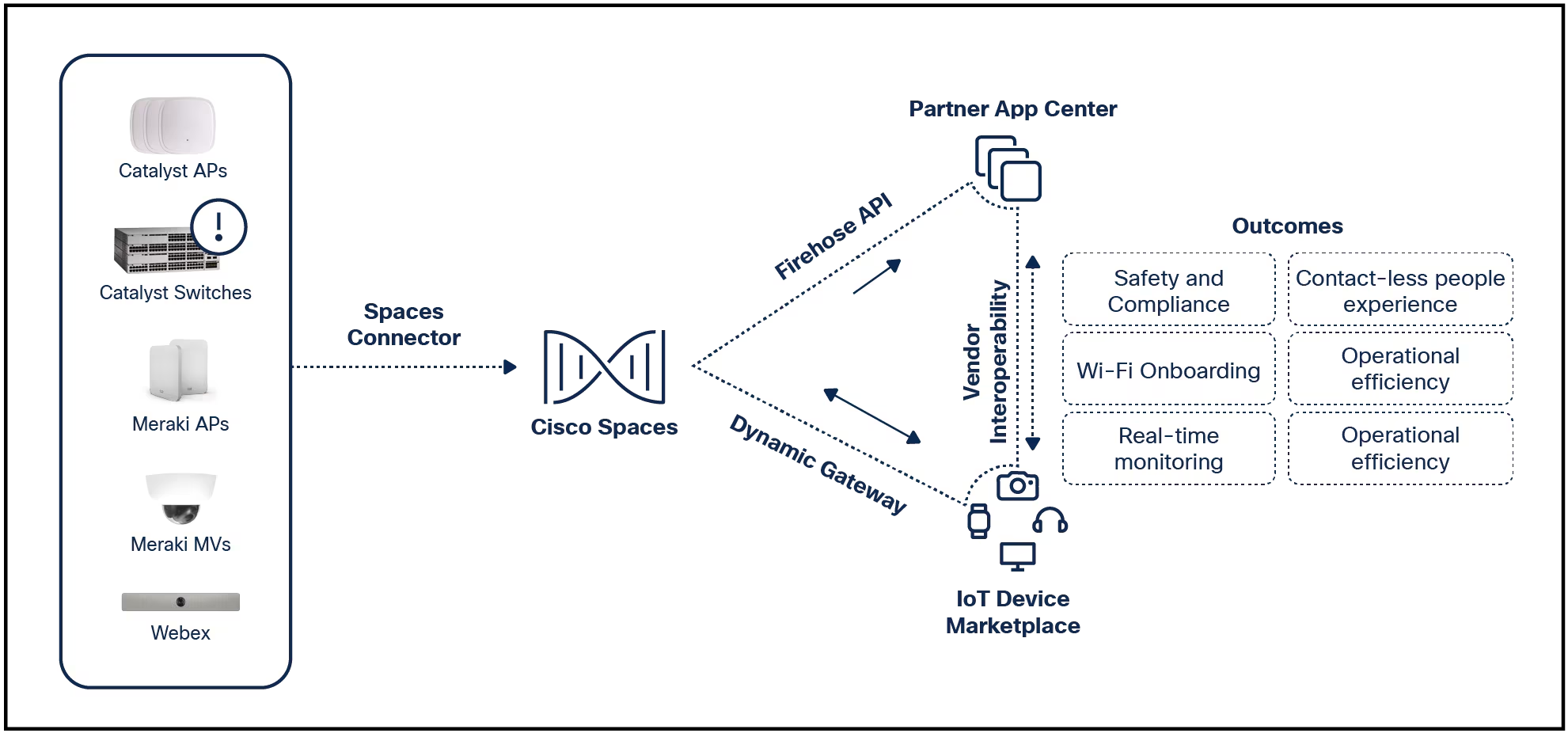































 By Uwe Lambrette, Director, IBSG Service Provider
By Uwe Lambrette, Director, IBSG Service Provider
How exactly is the enterprise migration to the clouds progressing?
In 2010, the Cisco Internet Business Solutions Group (IBSG) sought answers in a wide-ranging survey. At the time, the path to cloud was just beginning for many enterprises. Today, with cloud evolution accelerating into an increasingly essential process, we decided to capture the current state of cloud migration.
To gain these insights and to better understand this "enterprise journey to the clouds," we interviewed CIOs, IT general managers, and cloud initiative directors at 45 organizations around the world, many of them Global 50 companies. Our in-depth interviews focused on five industry verticals: government, manufacturing, financial services, professional services, and retail.
In short, a majority of executives areembracing cloud and feel that it helps them meet some of their biggest challenges. As in our 2010 survey, fears persist - with privacy and technology concerns foremost among them - but today they are seen as inhibitors to cloud adoption, not deal-breakers. Key drivers include cost savings (which outweigh trepidations about initial investment); agility; and "bring your own device" (BYOD), which is driven by employees but enabled by cloud.
Key Adoption Dynamics Open the Door to Cloud
Our latest survey reveals just howthe journey to cloud is occurring in most enterprises. Each organization follows its own path to the cloud, but few begin with a large, company-wide cloud adoption program. Instead, a hybrid approach between public and private cloud is often employed. The process begins in-house and is driven by smaller, well-defined individual projects, what we call "early adoption dynamics" (see Figure 1).
Here are six typical cloud projects that constitute the Enterprise Journey to the Clouds:
Figure 1.
Early Dynamics Open Door to Cloud Transformation.
 Source: Cisco IBSG, 2012; N = 42 interviews
Source: Cisco IBSG, 2012; N = 42 interviews
There is no single path to cloud, and enterprises often implement one or more of these adoption projects in parallel, in no particular order.
Concerning industry verticals, we found that despite their obvious differences, cloud projects across industries are bound by the same drivers and inhibitors, and can be categorized along the same adoption dynamics. For the most part, a financial-services cloud and a manufacturing cloud do not differ all that much.
Regardless ofhow they are doing it, companiesaremoving to the clouds, even if they are just beginning the journey. More than a third of the companies represented in our survey run cloud to improve general IT efficiency; another third are planning or building clouds. And interestingly, we found that solutions never converged in a single cloud; rather, they produced a multitude of clouds.
The benefits of this game-changing technology are ever more obvious, and the Enterprise Journey to the Clouds is gaining unstoppable momentum.
For more information on the path to cloud adoption, download the full white paper, "Enterprise Journey to the Clouds" and view the slidecast.
 Hot Tags :
Cloud
Service Provider
Virtualization
IBSG
Enterprise
FastFacts
Cloud Adoption
cloud transformation
migration to cloud
Hot Tags :
Cloud
Service Provider
Virtualization
IBSG
Enterprise
FastFacts
Cloud Adoption
cloud transformation
migration to cloud